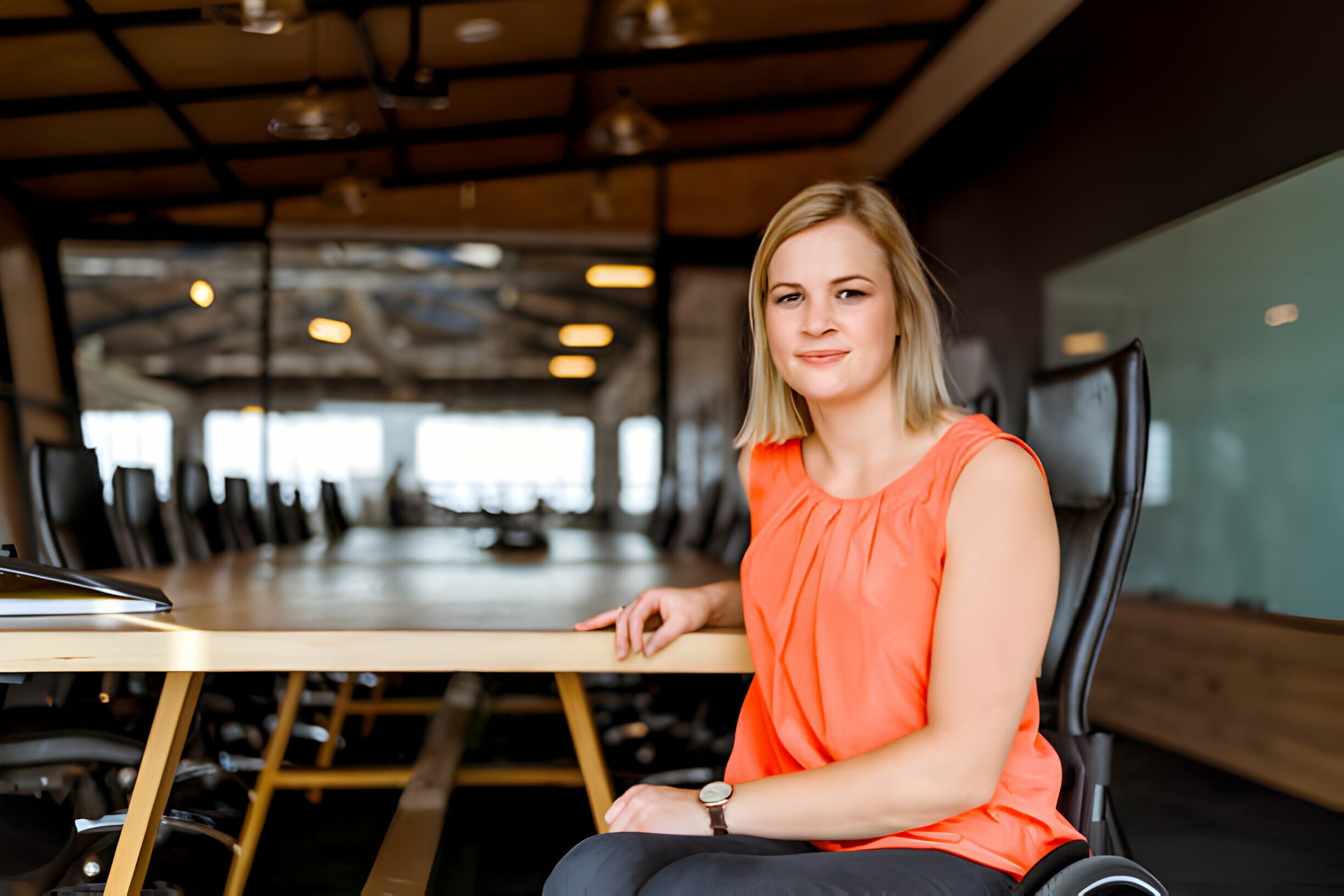Marissa Bode as Nessarose in Wicked.
As we close out 2024, I can’t stop thinking about Wicked. Not just the dazzling sets, the soaring music, or the star-studded cast. No, what lingers most is Marissa Bode—her powerful, unapologetic portrayal of Nessarose. Here was a wheelchair user, playing a wheelchair user, in one of the year’s most anticipated films. Groundbreaking, yes. But it wasn’t without its challenges.
Marissa Bode didn’t just act; she fought. When trolls flooded social media with ableist remarks, mocking her disability, she spoke out. “Disability is not fictional,” she said. Simple words. Monumental truth. And yet, the backlash she faced underscores a harsh reality: representation is still fragile, progress still precarious .
Why does this matter? Consider the numbers. In the U.S., disabled people make up 28.7% of the viewing audience. Globally, we’re talking about over 1 billion people. Yet, only 1.9% of speaking characters in the top 100 films have disabilities. That statistic hasn’t budged since 2015. Hollywood isn’t just lagging—it’s stuck .
But when representation is done right, it’s transformative. Take CODA. Its portrayal of the deaf community swept awards season, proving that diverse stories resonate deeply. Writer Siân Heder told Variety's Randee Dawn: “People can smell authenticity… Tell these stories because they’re fun, they’re entertaining—and they’re sexy.” Inclusion isn’t a risk; it’s an opportunity .
So what’s next? What do we want for 2025? I dream of a year when Marissa Bode’s story isn’t exceptional but ordinary. When disability representation doesn’t make headlines because it’s normal. When studios stop seeing accessibility as a logistical headache and start seeing it as a creative necessity.
Representation matters because it changes how society views us—disabled people. It normalizes our existence, shatters stereotypes, and inspires a generation to see themselves not as “other” but as integral to the human experience. It also matters because it’s good business. Let’s not ignore the power of a billion-person market.
But let’s be clear: representation alone won’t solve ableism. True inclusion requires more. It requires disabled voices at every level—writers, directors, crew members. It demands accessible sets, thoughtful storytelling, and a willingness to challenge the status quo. Hollywood can’t just open the door; it has to invite us in and let us stay.
As I look toward 2025, I’m optimistic but not complacent. The progress we’ve seen in 2024 with films like Wicked is encouraging, but it’s not the finish line. It’s a starting point. Let’s amplify these stories, hold gatekeepers accountable, and create a world where the next Marissa Bode doesn’t have to fight just to be seen.
Representation isn’t just about who gets to tell the story—it’s about who gets to be part of the story. Let’s make 2025 the year we get this right.



